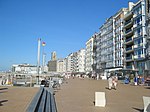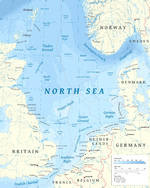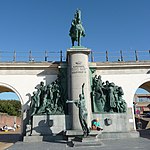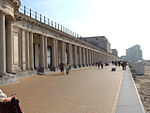Mu.ZEE
2008 establishments in BelgiumArt museums and galleries established in 2008Art museums and galleries in BelgiumModern art museumsMuseums in West Flanders ... and 1 more
Ostend

The Mu.ZEE is a museum in Ostend, Belgium, specializing in Belgian art from 1830 onwards. It was created in 2008 by the fusion of the former Provinciaal Museum voor Moderne Kunst (PMMK, the museum for modern art of the Province of West-Flanders) and the Museum voor Schone Kunsten Oostende (Museum of Fine Arts Ostend), both located in Ostend. The museum has two dependencies, the Ensorhuis (house of James Ensor) in Ostend, and the Permekemuseum in Jabbeke. Mu.ZEE is an abbreviation of "Kunstmuseum aan Zee" ("Art Museum at the Sea").
Excerpt from the Wikipedia article Mu.ZEE (License: CC BY-SA 3.0, Authors, Images).Mu.ZEE
Romestraat, Ostend
Geographical coordinates (GPS) Address Phone number External links Nearby Places Show on map
Geographical coordinates (GPS)
| Latitude | Longitude |
|---|---|
| N 51.225665 ° | E 2.914601 ° |
Address
Mu.ZEE
Romestraat 11
8400 Ostend (Ostend)
West Flanders, Belgium
Open on Google Maps








